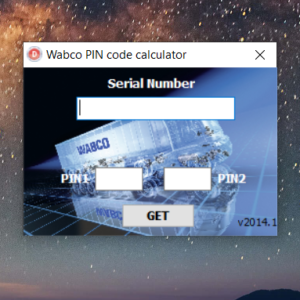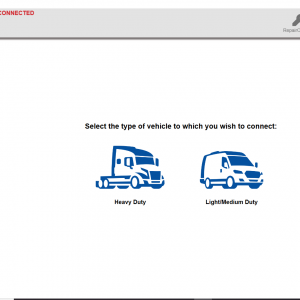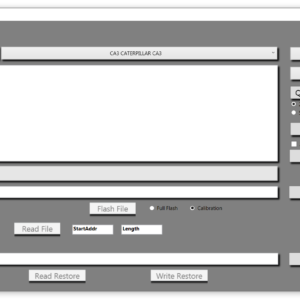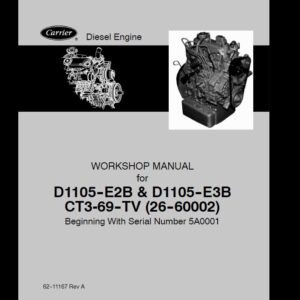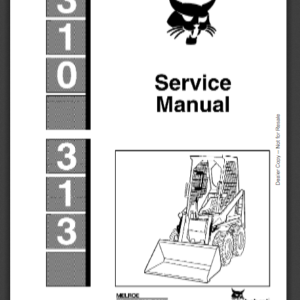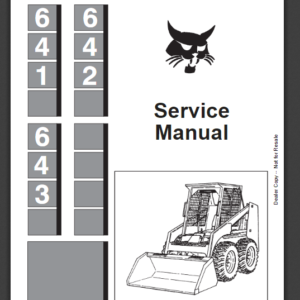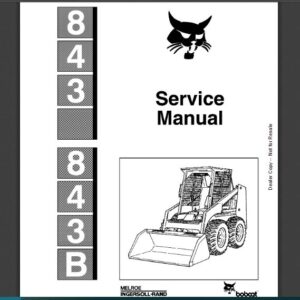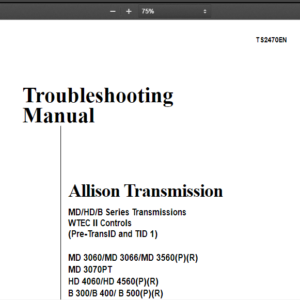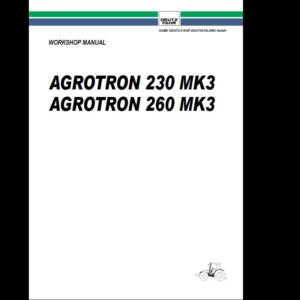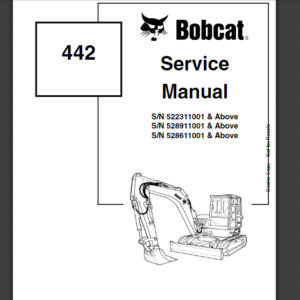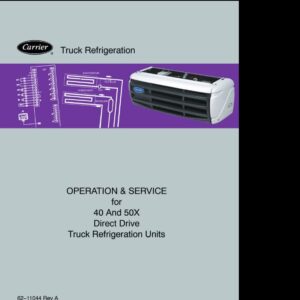Volvo All Engines (2004 Emissions) Fault Code: PID 412 FMI 5 EGR Temperature After Cooler
Fault Condition: Code PID 412 will set with FMI 0 if the EGR ECU detects the exhaust gas temperature exceeds 365°F (185°C) for 30 minutes, 410°F (210°C) for 25 seconds or 455°F (235°C) for 3 seconds. Code PID 412 will set with FMI 3 if the EGR ECU detects a short circuit to voltage in the exhaust gas temperature probe circuit. Code PID 412 will set with FMI 4 if the EGR ECU detects a short circuit to ground in the exhaust gas temperature probe circuit. Code PID 412 will set with FMI 5 if the EGR ECU detects an open in the exhaust gas temperature probe circuit. Code PID 412 will set with FMI 9 if the EGR ECU signal is missing on the J1939 serial data lines.
Possible repairs:
Turn the ignition key OFF first.
1) If code PID 412 is NOT set, wiggle the harness and connectors to try to set the code. Visually inspect the exhaust gas temperature probe connector and wires for poor connections.
2) Check the Failure Mode Identifier (FMI) using a diagnostic computer. If the FMI is 0 (valid high), check for a faulty EGR cooler. If the FMI is 3 (voltage high/open) or 5 (current low/open), replace the EGR Mass Flow Sensor assembly and retest the system. If the FMI is 4 (voltage low), inspect the harness that connects the exhaust gas temperature probe to the EGR ECU and look for any areas where the insulation has worn through and is touching ground. Repair the short to ground if possible; otherwise, replace the EGR Mass Flow Sensor assembly.
3) Remove connector A from the EGR ECU. Turn the ignition key ON. Check for battery voltage (+12V) between pin 2 of EGR ECU connector A and a known good ground. If battery voltage is NOT present, a problem exists between EGR ECU connector A pin 2 and the power supply from the EMS Relay. Inspect the EGR ECU and EMS Relay connectors for damaged or loose pins. If the connectors are in good condition, locate and repair the open circuit, and retest the system.
4) Turn the ignition key OFF. Remove connector A from the EGR ECU. Measure the resistance between EGR ECU connector A pin 1 and a known good ground. If the measured resistance does NOT indicate acceptable continuity to ground, a problem exists between EGR ECU connector A and ground. Locate and repair the problem and retest the system.
5) Disconnect harness connector B from the Engine Management System (EMS) Module. Disconnect harness connector A from the EGR ECU. Measure the resistance between Engine Management System (EMS) Module
connector B pin 52 and EGR ECU connector A pin 3. If the measured resistance does NOT indicate continuity, locate and repair the open circuit in the J1939 circuit between the Engine Management System (EMS) Module and the EGR ECU.
6) Disconnect harness connector B from the Engine Management System (EMS) Module. Disconnect harness connector A from the EGR ECU. Measure the resistance between Engine Management System (EMS) Module
connector B pin 56 and EGR ECU connector A pin 6 . If the measured resistance does NOT indicate continuity, locate and repair the open circuit in the J1939 circuit between the Engine Management System (EMS) Module
and the EGR ECU.
7) Replace the EGR ECU and Mass Flow Sensor Assembly with a known good unit. Check the system for codes. If Code PID 412 is still set, reinstall the original EGR ECU and Mass Flow Sensor Assembly and replace the Engine
Management System (EMS) Module. Retest the system. If Code PID 412 is NOT set, replacing the EGR ECU and Mass Flow Sensor Assembly has corrected the problem.
Related products
-
Allison 1000 & 2000 Gen 4 Fault Codes: P0876 Transmission Reverse Pressure Switch Circuit Stuck Open
1000 & 2000 Gen 4 $50.00Rated 0 out of 5 -
Allison 1000 & 2000 Gen 4 Fault Codes: U1016 Class 2 J1850 (Class 2) Powertrain Controller State of Health Failure
1000 & 2000 Gen 4 $50.00Rated 0 out of 5 -
Allison 1000 & 2000 Gen 4 Fault Codes: P1892 Throttle Position Sensor Pulse Width Modulation (PWM) Signal High Input
1000 & 2000 Gen 4 $50.00Rated 0 out of 5 -
Allison 1000 & 2000 Gen 4 Fault Codes: U2105 CAN Bus ECM Error
1000 & 2000 Gen 4 $50.00Rated 0 out of 5 -
Allison 1000 & 2000 Gen 4 Fault Codes: U1041 J1850 (Class 2) ABS Controller State of Health Failure
1000 & 2000 Gen 4 $50.00Rated 0 out of 5 -
Allison 1000 & 2000 Gen 4 Fault Codes: P0847 Transmission Pressure Switch Solenoid D Circuit Stuck Closed
1000 & 2000 Gen 4 $50.00Rated 0 out of 5 -
Allison 1000 & 2000 Gen 4 Fault Codes: U1301 J1850 (Class 2) Serial Data Communication Link Low
1000 & 2000 Gen 4 $50.00Rated 0 out of 5 -
Allison 1000 & 2000 Gen 4 Fault Codes: U1064 J1850 (Class 2) TBC Controller State of Health Failure
1000 & 2000 Gen 4 $50.00Rated 0 out of 5 -
Allison 1000 & 2000 Gen 4 Fault Codes: P0848 Transmission Pressure Switch Solenoid D Circuit High
1000 & 2000 Gen 4 $50.00Rated 0 out of 5 -
Allison 1000 & 2000 Gen 4 Fault Codes: P1891 Engine Throttle Position Sensor Pulse Width Modulation (PWM) Signal Low Input
1000 & 2000 Gen 4 $50.00Rated 0 out of 5 -
Allison 1000 & 2000 Gen 4 Fault Codes: U0100 CAN Bus ECM Error
1000 & 2000 Gen 4 $50.00Rated 0 out of 5 -
Allison 1000 & 2000 Gen 4 Fault Codes: P0880 TCM Supply Voltage
1000 & 2000 Gen 4 $50.00Rated 0 out of 5 -
Allison 1000 & 2000 Gen 4 Fault Codes: U0031 J1850 (Class 2) Serial Data Communication Link Low
1000 & 2000 Gen 4 $50.00Rated 0 out of 5 -
Allison 1000 & 2000 Gen 4 Fault Codes: P0872 Transmission Pressure Switch Solenoid E Circuit Stuck Closed
1000 & 2000 Gen 4 $50.00Rated 0 out of 5
-
service manual TroubleshootingManual Allison TransmissionMD/HD/B -Series -TransmissionsWTEC II Controls
Allison $25.00Rated 0 out of 5

